Dell introduces a larger XPS 14 and XPS 16 ahead of CES 2024
The Dell XPS 13 also gets upgraded with a ‘PLED’ screen
➡️ The Shortcut Skinny: the new Dell XPS 13, 14, and 16 laptops
💻 Dell introduces its new XPS 14 and XPS 16 Ultrabook laptops
📺 Upgraded XPS 13 with a new PLED or plastic screen OLED display
🎩 Dell’s new XPS family features thin-bezel, bright displays with adaptive refresh rates
The Dell XPS 13 Plus wowed the world with its sleek, minimalistic design when it debuted at the last CES and now you can get that modern styling in a bigger laptop. The newly announced Dell XPS 14 and XPS 16 look like the coolest laptops you can get outside of a MacBook from Apple.
The new XPS 14 and XPS 16 feature all of Dell’s latest design cues we’ve come to love including tiny screen bezels, a no-gap keyboard, illuminating function keys, and stealth trackpad. The laptops are also built with premium materials including a CNC’ed aluminum chassis and Gorilla Glass 3 on the screen.
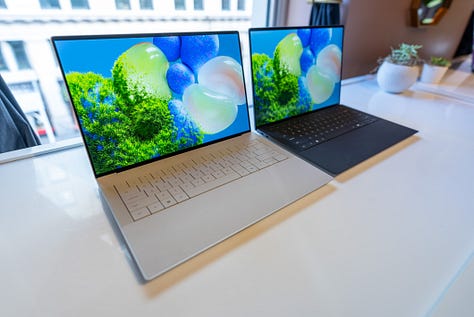

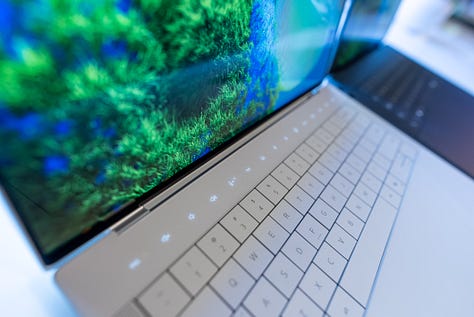
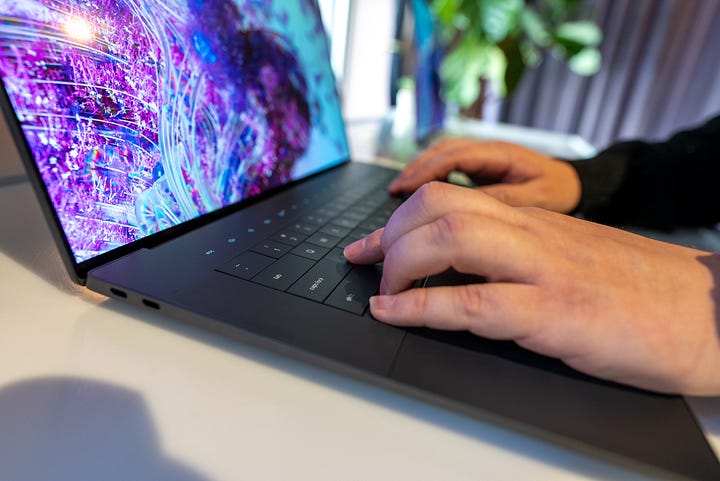
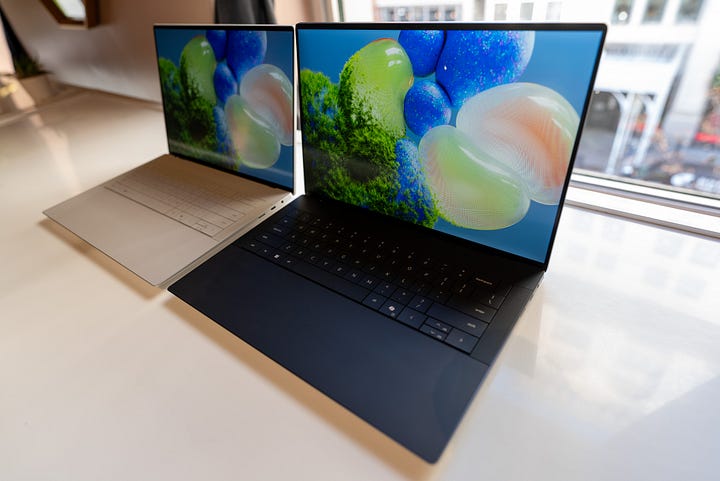
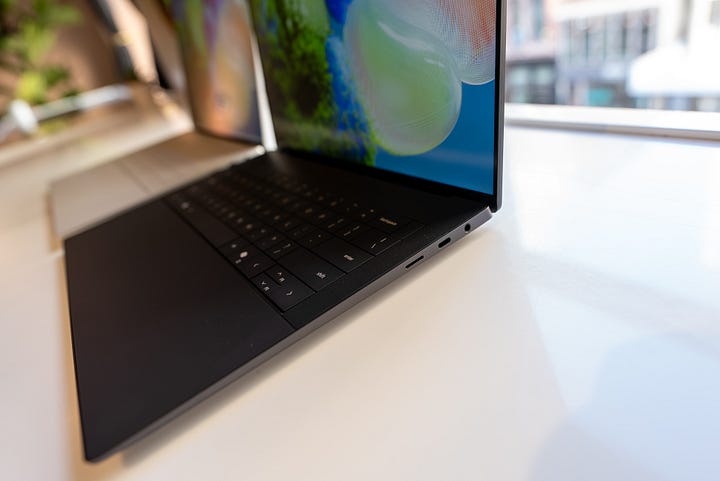
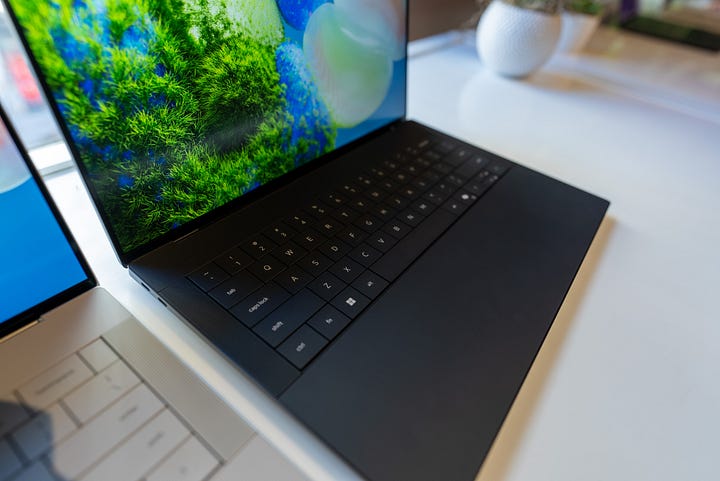
The Dell XPS 14 features a 14.5-inch screen with either a Full HD+ (1,920 x 1,200) non-touch or 3.2K (3,200 x 2,000) OLED touch display. The Dell XPS 16, meanwhile, packs a larger 16.3-inch display and a sharper 4K+ (3,840 x 2,440) resolution OLED touch display.
These displays also offer adaptive adaptive refresh rates technology that go up to 120Hz for smooth scrolling or as low as 30Hz (non-touch) or 48Hz (OLED) to help save battery life. Both displays get fairly bright at up to 500 nits on the non-touch and 400 nits on the OLED, and they both support Dolby Vision for watching media in HDR.
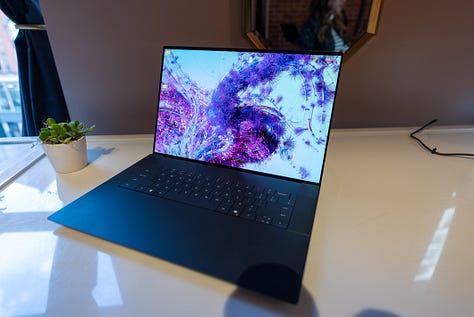
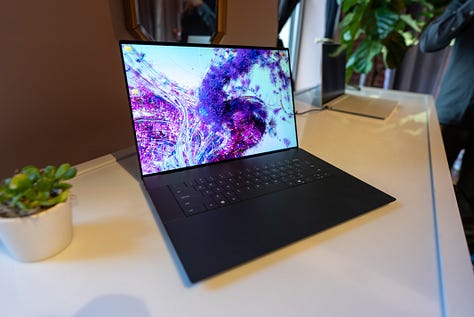
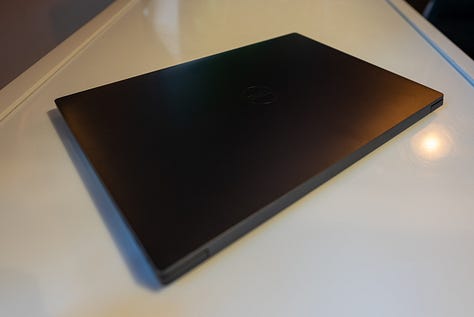
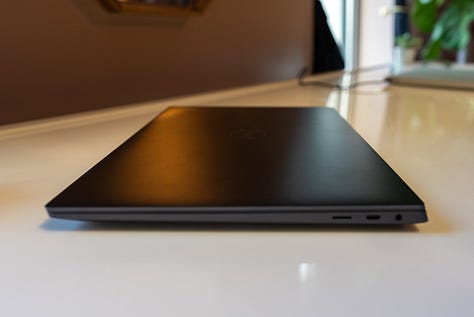

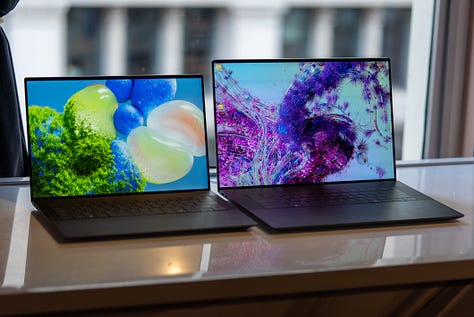
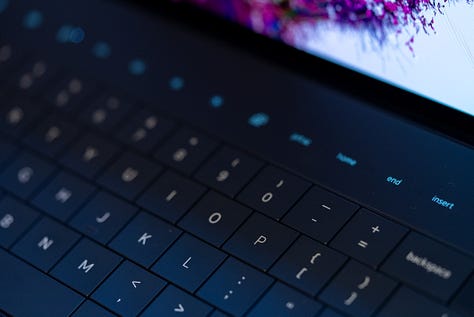
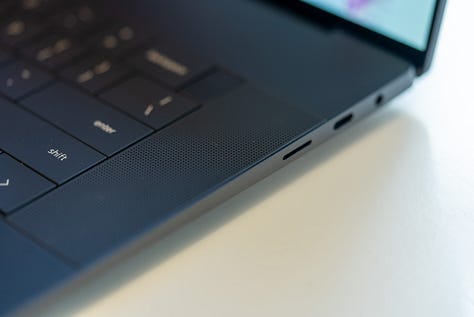
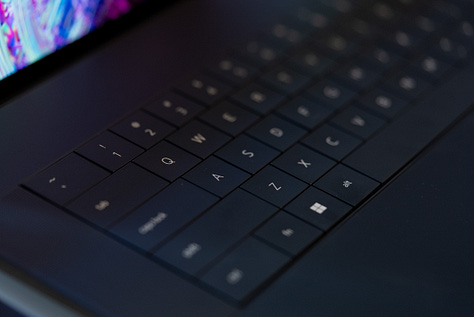
Both the XPS 14 and XPS 16 feature Intel’s latest Core Ultra 7 and Ultra 9 processors. They both can also be outfitted with discrete graphics, up to a Nvidia RTX 4050 on the XPS 14 and Nvidia RTX 4070 on the XPS 16. Of course, these mobile GPUs won’t be nearly as powerful as they would on a gaming laptop, but Dell tells us that the XPS 16 can run at up to 80W of sustained performance.
Onboard storage and memory starts with a 512GB of PCIe 4 SSD and 16GB of LPDDR5x at 6,400MT/s. But you can upgrade to a 4TB PCIe 4 SSD and 64GB LPDDR5x at 7467MT/s.
Dell promises its larger XPS laptops will deliver all-day battery life. Meanwhile, ExpressCharge lets you get back up to 80% battery life in just 60 minutes of charging. The Dell XPS 14 and 16 also boast a load of features including Thunderbolt 4 with DisplayPort 2.1, quad speakers, a 1080p webcam.
The XPS 14 will retail for $1,699 and the XPS 16 starts at $1,899, both models are expected to be available soon on at retailers like Best Buy, Amazon, and Dell’s own site.
Dell XPS 13
Of course, Dell isn’t leaving its smallest XPS 13 to pasture as it’s also getting some big upgrades with the first “PLED” display. That’s not a typo, this new 13.4-inch display option is a OLED display made with a sheet of plastic instead of glass to help make it thinner and much lighter.
In fact, the new XPS 13 with PLED screen just weighs 2.6 pounds while the previous XPS 13 Plus with a traditional OLED screen weighs 2.77 pounds.
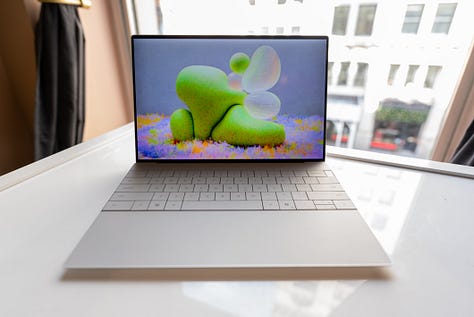
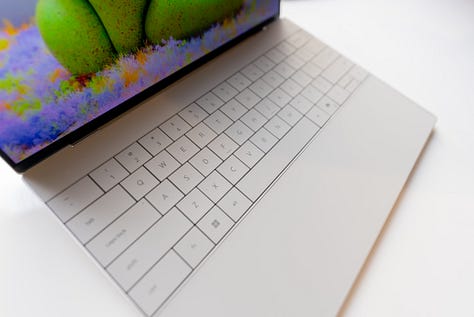
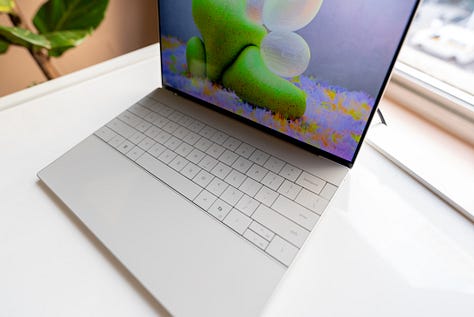
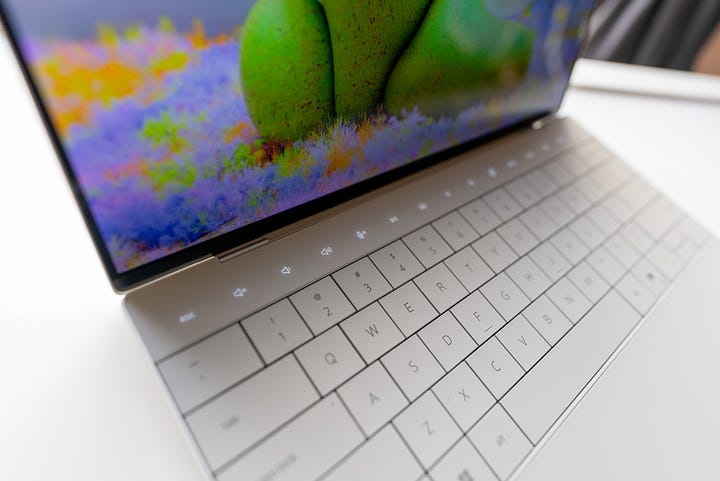
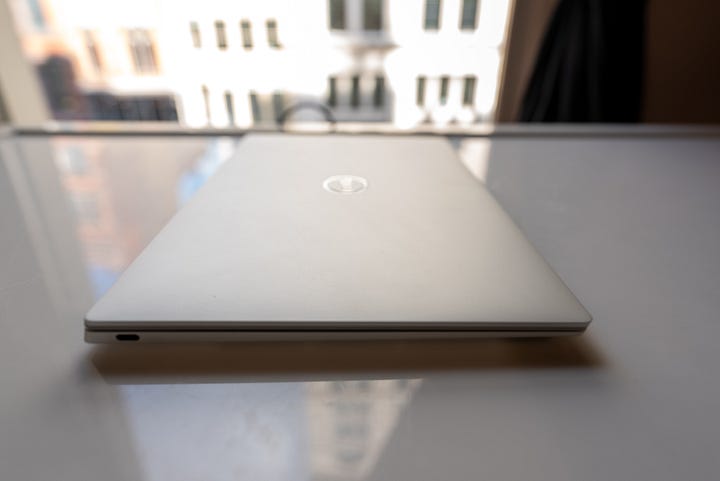
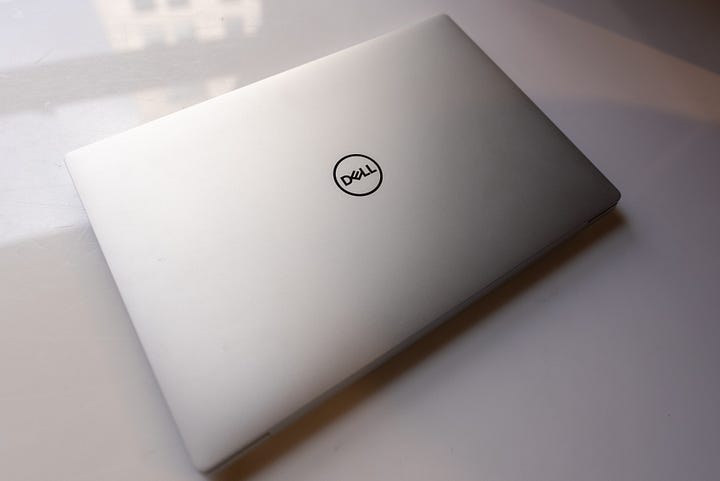
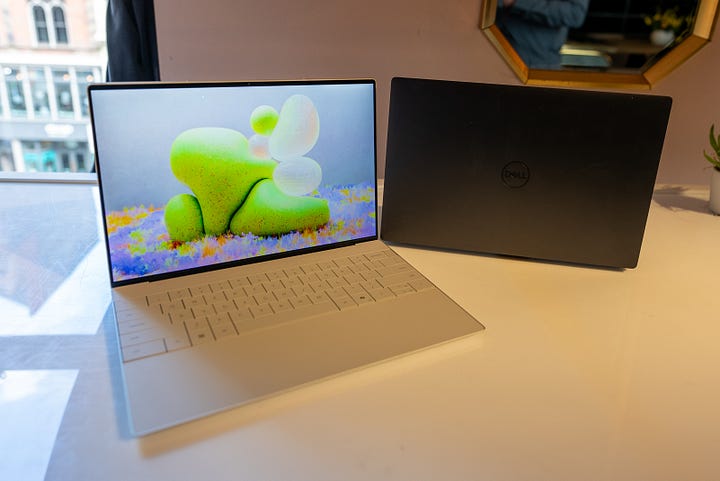
Despite being made of plastic, the 3K+ (2,880 x 1,800) OLED screen still displays vibrant colors and pure blacks just like a traditional one. It also features an anti-glare finish that makes it far less reflective and much more readable in a room with bright lights or sunlight. The only drawback about this OLED screen is it’s locked to 400 nits and low 48-60Hz refresh rate.
The new XPS 13 also comes with two other FHD+ (1920 x 1200) non-touch and QHD+ (2560 x 1600) touch display options. Both of these display options get much brighter at 500 nits and offer an adaptive refresh rate from 30-120Hz.
The XPS 13 starts at $1,299 with an Intel Core Ultra 5 processor with 8GB of RAM and a 512GB PCIe 4 SSD — though you can upgrade to an Intel Core Ultra 7 CPU with 64GB of RAM and 4TB PCIe 4 SSD. The Dell XPS 13 will be available soon on Dell’s own and other retail sites as well.
Kevin Lee is The Shortcut’s Creative Director. Follow him on Twitter @baggingspam.




